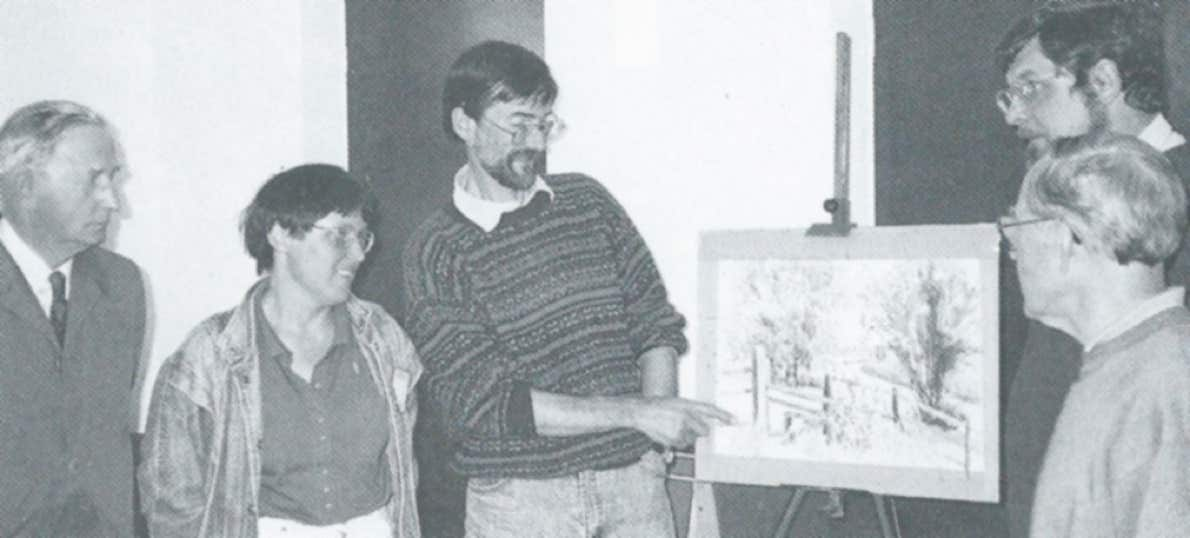Introduction
The Doncaster Art Club is now over 120 years old, and is still going strong. The following is a history of the Doncaster Art Club written for the publication ‘A Brief Centenary History’ in 1997. This was produced to celebrate the Centenary of the foundation of the club.
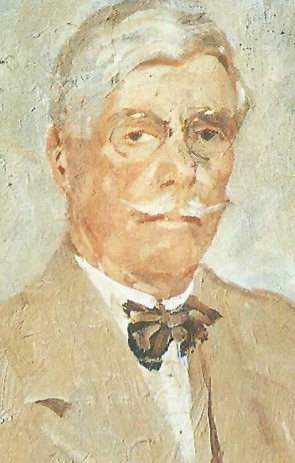
Portrait of the Founder
W.E. Tindall R.B.A. J.P.
Doncaster Art Club: A Brief Centenary History
The last decade of the 19th Century was a flourishing time for cultural societies in the Doncaster area. The first meetings of the Doncaster Art Club reportedly took place in 1897, the Doncaster Camera Club had been formed a year or two previously and the Doncaster Scientific Society was thriving with a lavish programme of visits in that very year. The Doncaster Musical Society, formed in 1888, put on concerts and a social evening in 1897, and the Y.M.C.A. and Mechanics’ Institute were also active in the town, although they were working class institutions compared with the others, which were generally middle class in character, though even in 1897 we must beware of such generalisations. A Doncaster School of Art (later the College) existed by 1897 and secured some impressive results that year.
The earliest surviving minutes of the Doncaster Art Club’s meetings begin on 25th March 1938. Before that time the principal figures in the Club’s early days were Messrs. W. Edwin Tindall, R.B.A., J.P., Henry Bingham, G.E. Crawshaw, W.A. Wayte and the Misses Cobham and Somerset. Edwin Tindall, regarded as the Club’s founder, lived until 1939 to the age of 75. A well known Yorkshire landscape painter whose works were shown at The Royal Academy for 30 consecutive years, he had studied art in Paris and at one time had a studio in Station Road, Doncaster. From 1912, or possibly before this date, the President was Mr G.E. Crawshaw and Mr W.A. Wayte was President in 1928 and perhaps earlier, then throughout the 1930s and until he died in 1948.
The Somerset family was prominent in cultural affairs in Doncaster at the turn of the Century. Kate Somerset was a musician and the Art Club’s Miss Somerset was almost certainly her sister Amy who we know exhibited at the Annual Exhibition in 1922. An Ordnance Survey Street Directory dated 1903 records the ‘Doncaster Academy of Painting’ at No. 8 Hallgate, whose Directors were a Miss Willoughby and Mr W.E. Tindall R.B.A. The Club’s earliest meetings took place at this house on the corner of Princes Street and Hall Gate but by 1912 they had moved to the County Court room at the Guildhall in French Gate. During the 1920s the meetings were held at the studio in Station Road and then at 17 Regent Square, the home of Alice M. Wood.
The Annual Exhibition
In addition to regular meetings the Club very soon set up an Annual Exhibition, held in the early days at Dolphin Chambers in the Market Place and after 1909 at the Museum in Beechfield House, Waterdale. Beechfield was bought by Doncaster Corporation in 1908 and the upper floor was used as the Art Gallery. Edwin Tindall was a leading member of the first Art Gallery Committee. The 1958 Exhibition was described as the ‘61st Annual’, suggesting one was held in 1898. The earliest exhibitions for which any particulars survive is that of October 1914 and it would appear that Annual Exhibitions continued during both world wars. A few years have been missed since the 1960s and the 1997 Exhibition will be the 95th.
In the early days membership may have been confined to no more than a dozen or so people meeting together to talk and pain in the winter and to sketch our of doors during the summer, somewhere in the Doncaster area. The Club has continued to do this throughout its hundred years with other events added at times for variety. As and example in 1939 the summer activities consisted of nineteen painting days at Cusworth, Wadworth, Hooton Pagnell, Clifton, Sprotbrough, Sandbeck, Thorne, Bawtry, Scrooby, Loversall, Cantley Church, Old Edlington and Tickhill. During the war years these outing were reduced to nine in 1942 and ten in 1943 and 1944. Member who were serving in H. M. Forces were made honorary members for the duration and other servicemen were invited to join in the Club’s activities. At the end of the war the D.A.C.s headquarters were at the house of W.A. Wayte, the Dental Surgeon, in Hallgate. They moved to Bingham’s Wheatley Hall Road premises but soon moved again to 13 Thorne Road, where the Club had the use of a room by courtesy of the Church authorities.
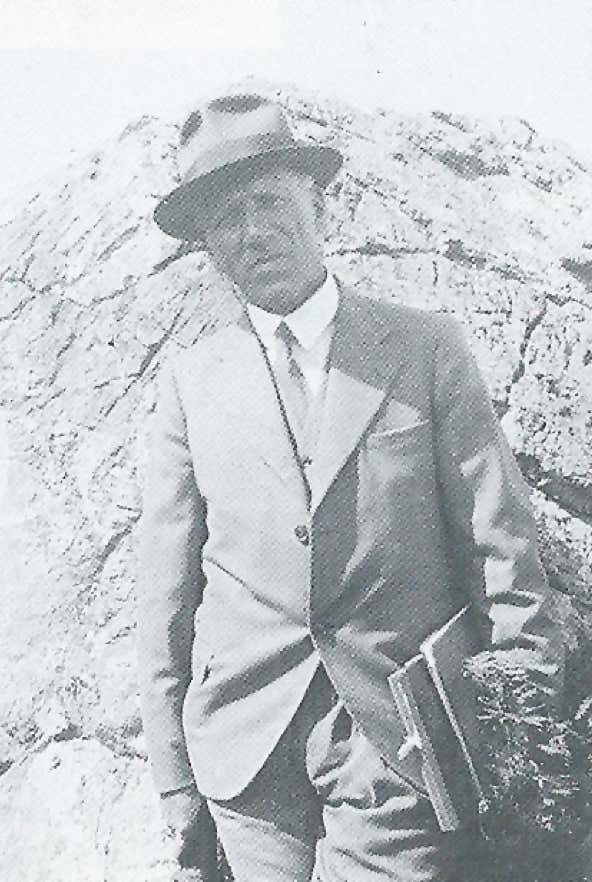
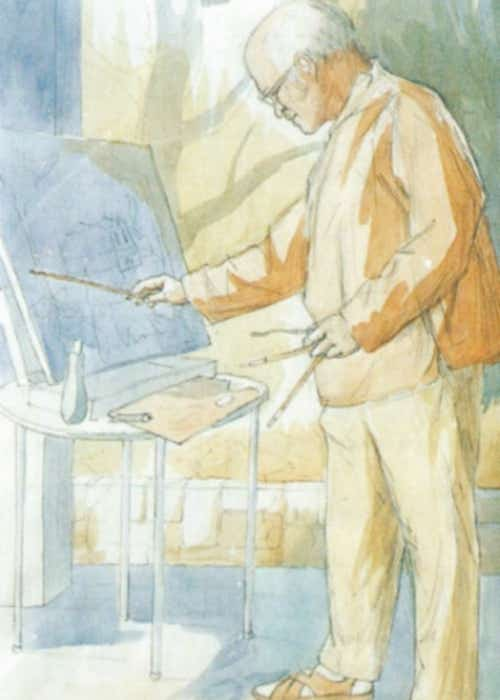
Portrait of Henry Bingham
by Trice Bingham
Henry Bingham, Founder Member
Henry Bingham
Henry Bingham was a Lincolnshire man by birth, resident in Doncaster since the mid 1880s. He was a skilled craftsman at the Plant Works and, after one unsuccessful venture int business on his own account, established the metalworking firm which later became known as H. Bingham & Sons Ltd. Whose premises wer sited successively at Waterdale, Chequer Road, Marshgate and Wheatley. In 1980 the firm employed 120 people. Henry’s son Eric, born in 1916, sold his interest in the firm in 1993 and at the time of writing (1997) is President of the Doncaster Art Club. Henry’s name is kept alive by the Bingham Memorial Prize. By his will he left £100 to establish a fund from which the prize is awarded annually to the Club member who, in the opinion of the Committee, has contributed most to the activities during the year. No member may win this more frequently than every five years. The end of an era for the Club was marked on 22nd November 1954 when Henry Bingham died, as he dated back to its beginnings.
Club Presidents
Henry Bingham’s immediate successors as President of the Club mostly held the position for just a year each. Among these was Harry Fish who in 1940 represented the Club on the Doncaster College of Art Committee and the Doncaster Art Gallery Committee. As well as painting, he was keen on photography, a subject on which he addressed the Club in 1940. Harry Fish worked at Peglers the brassfounders where, in addition to his normal job in sales, he designed and organised Pegler’s national exhibitions and in 1963 Davy Moakes A.T.D., as Design Manager, took over that responsibility. Other Presidents included Ernest Stocks, who was also employed at Peglers as a skilled pattern maker; Arthur Kenyon whod died in office in August 1957;Dr. Bessie Cook, a lively personality who survived, active until the last, until 1983; and Peter Rouse who is still a committee member today [1997]. Throughout the 1960s the presidency had been held continuously by W.T. Oliver, for many years art critic for The Yorkshire Post who had long been interested in the Club’s affairs. W.T. Oliver was succeeded by Dr. R.W.L. Ward who was President from 1970 to 1978. The current president is Eric Bingham [1997] who was Chairman for many years during the 1970s. Continuity has further been ensured by the long periods of service by Ken Beaumont, Chairman from 1978 to 1995 and Mrs Pat Johnson, Honorary Treasurer since 1967, who has during the intervening years seen the Club’s finances progress from shoestrings to the security that we enjoy today.
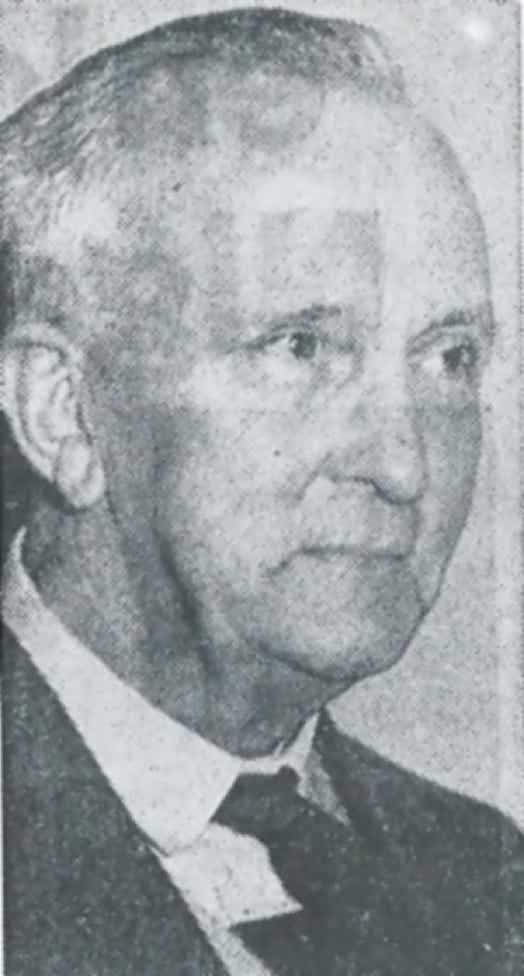
Harry Fish
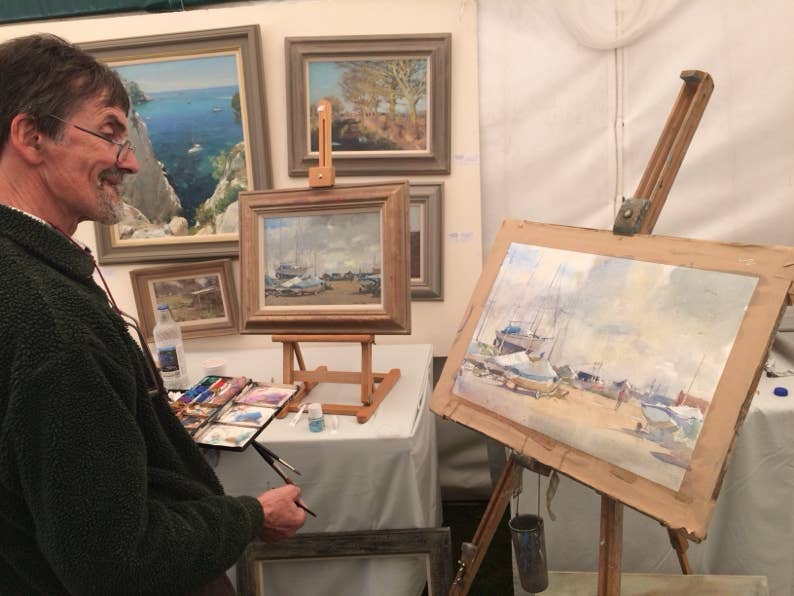
David Curtis R.O.I., R.S.M.A.
The ‘Walton’ period in the history of D.A.C. did not by any means end in 1971. His successor as Hon. Secretary, David. J. Curtis R.O.I., R.S.M.A. followed in that office for two years, since which time, though he remained a Committee member and is now the Vice President [1997]. His artistic reputation has spread far beyond Doncaster and beyond the shores of this country. He has won four major prizes in the Singer and Friedlander Watercolour competition, in 1989, 1991, 1992 and 1995, and for many years his paintings have been accepted for the Royal Academy Summer Exhibition. David was an engineering designer until the age of 39 and became a professional painter from 1988.
David is, of course, now the President of the Club [present day].
David Curtis demonstrating at Patchings
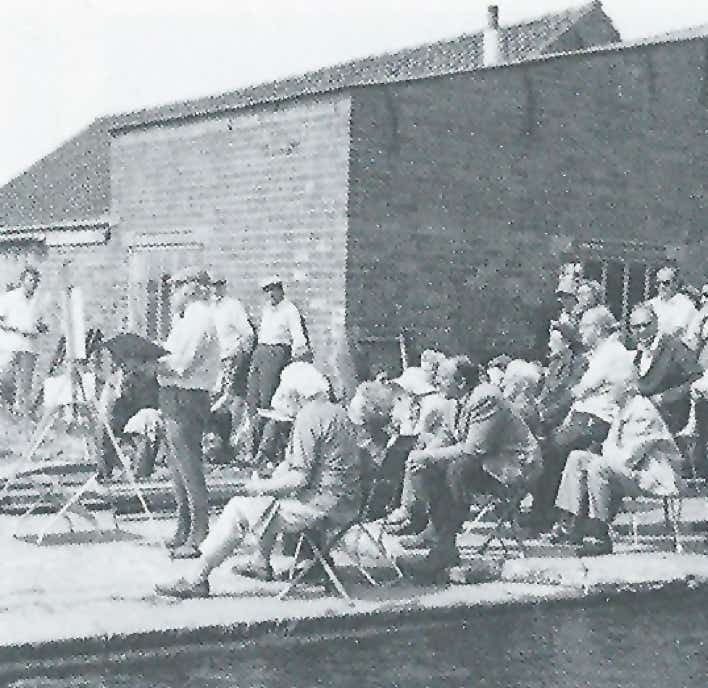
Edward Wesson demonstration 1970.
Stanilands Boatyard, Thorne.
